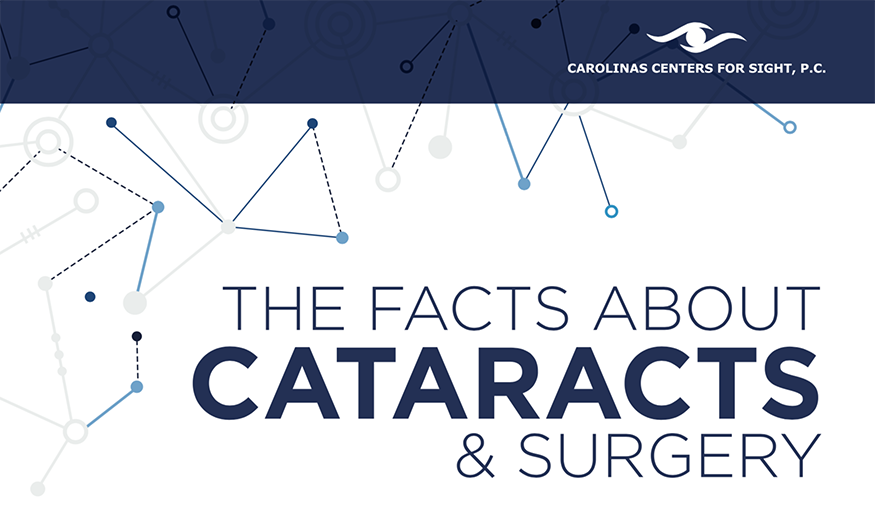Explore A Remarkable Expedition Into The History Of Cataract Surgical Procedure Methods That Are Reinventing The Area Of Eye Health And Wellness
Explore A Remarkable Expedition Into The History Of Cataract Surgical Procedure Methods That Are Reinventing The Area Of Eye Health And Wellness
Blog Article
Developed By-Ottesen Humphrey
As you explore the advancement of advanced cataract surgical procedure methods, you'll witness a trip marked by resourcefulness and accuracy. From old methods that paved the way for contemporary advancements to innovative innovations that are reinventing the area, the thorough overview of cataract surgical treatment strategies is a testimony to human development and commitment to boosting individual end results. The elaborate interaction between historical approaches and futuristic improvements creates a fascinating narrative that clarifies the advancement of one of the most usual operations worldwide.
Historical Methods and Innovations
Discover exactly how very early doctors transformed cataract therapy by utilizing innovative techniques and devices. In the past, cataract surgical treatment was a dangerous and excruciating treatment. Nonetheless, ancient Indian medical professionals were among the very first to attempt surgical interventions for cataracts, using a strategy called 'couching' where a sharp instrument was made use of to press the cataract back into the eye. This technique, though crude by today's standards, prepared for future developments in cataract surgical treatment.
As time advanced, Arab doctors made significant payments by establishing specialized needles for cataract removal. These needles were made use of to penetrate the cataract and then extract it from the eye, noting a significant improvement in medical precision.
Later on, in the 18th century, the French specialist Jacques Daviel spearheaded the technique of extracapsular cataract removal, where the whole lens was removed undamaged through a larger laceration. This marked a major improvement in cataract surgery methods, leading the way for the modern procedures we utilize today.
Modern Surgical Approaches
Early strategies in cataract surgical treatment have evolved considerably, leading to the development of modern-day medical strategies that focus on accuracy and enhanced person end results. LASIK Nevada involves a treatment called phacoemulsification, where an ultrasonic device breaks up the cataract for elimination through a little laceration. This strategy allows for quicker recovery and minimizes the danger of difficulties contrasted to older techniques.
Furthermore, using sophisticated intraocular lenses (IOLs) has actually revolutionized cataract surgery results. These lenses can deal with not just the cataract yet additionally various other refractive mistakes like astigmatism, lowering the need for glasses post-surgery.
Surgeons today additionally have accessibility to sophisticated imaging modern technologies that help in accurate preoperative preparation and intraoperative decision-making. Optical comprehensibility tomography (OCT) and various other imaging techniques supply detailed images of the eye's frameworks, allowing for a more customized method to each person's surgical procedure. With these innovations, modern-day cataract surgical treatment strategies remain to improve, providing people much safer procedures and better visual results.
Emerging Technologies in Cataract Surgical Procedure
With improvements in modern technology reinventing the area, cataract surgery is experiencing the integration of cutting-edge techniques for enhanced patient end results. Emerging cataract surgery 3rd edition in cataract surgical procedure are improving the landscape of sensory procedures. One such innovation is femtosecond laser innovation, which allows for specific corneal cuts, capsulotomies, and lens fragmentation, causing boosted surgical accuracy and outcomes.
In addition, intraoperative aberrometry is obtaining appeal, making it possible for real-time dimensions of refractive errors during surgery to improve intraocular lens power computations and minimize postoperative refractive surprises.
Moreover, making use of innovative imaging innovations like optical coherence tomography (OCT) and intraoperative wavefront aberrometry aids specialists in precise surgical planning and execution. These tools supply detailed physiological info and help customize medical strategies for each patient's special eye qualities.
Moreover, growths in artificial intelligence are being explored to help in preoperative planning, intraoperative decision-making, and postoperative treatment, potentially maximizing surgical outcomes and client complete satisfaction. Accepting these arising modern technologies in cataract surgical procedure holds assurance for more boosting client outcomes and making sure the proceeded advancement of ocular medical techniques.
Conclusion
As you trip via the history of cataract surgical treatment, you witness the transformation from old practices to innovative technologies. Like a phoenix rising from the ashes, cataract surgical treatment has evolved into a beacon of hope and technology.
Just as a caterpillar emerges from its cocoon as a beautiful butterfly, cataract surgical treatment has actually progressed into a refined art type, offering clients more clear vision and a brighter future.
The advancement continues, shining a light on endless possibilities.
